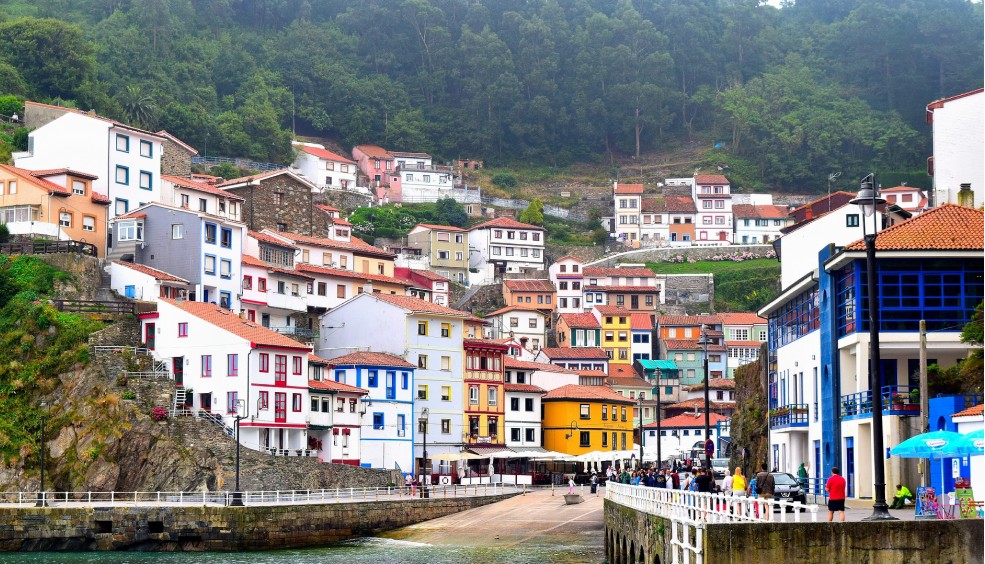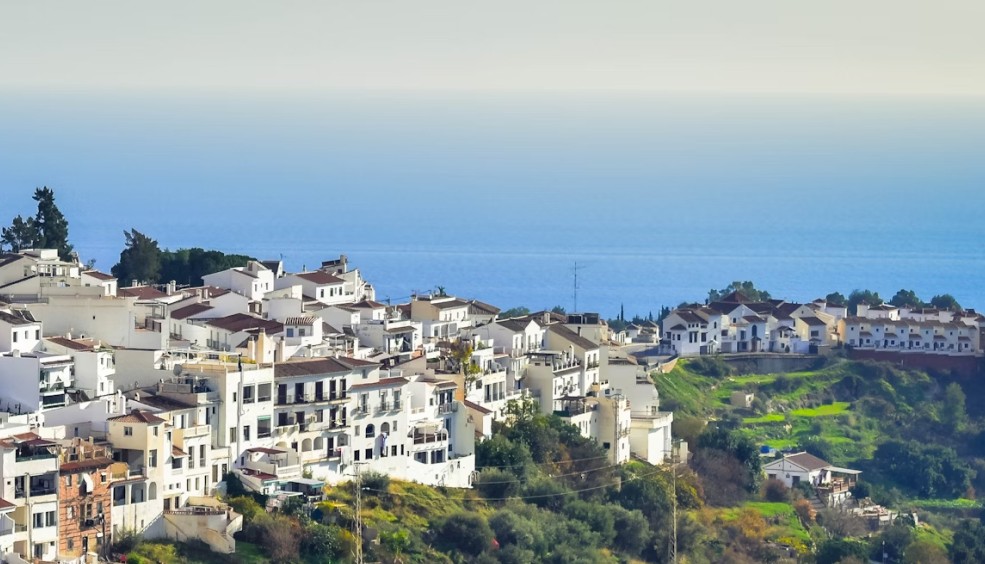8 nature + gastronomy plans in Asturias. Delicious!
An excursion and then a feast? Or maybe the other way round? In Asturias you'll find scenic hiking trails and mouth-watering dishes.
more infoThe best white towns in Andalusia to enjoy autumn
Enjoy autumn in Andalusia by visiting white towns like Ronda, Grazalema, Mojácar, Frigiliana, Vejer de la Frontera, Zuheros, Arcos de la Frontera and Cazorla. Narrow whitewashed streets, breathtaking viewpoints, local food, nature and lots and lots of art.
more info5 recommendations for day trips close to Barcelona
Looking for things to do around Barcelona? If you’re planning a visit to the Catalan capital and want to get off the beaten track, we’ve put together 5 getaways for you. Discover hidden spots just half an hour from the city: unspoiled beaches, hot spring resorts, a Gaudí creation far from the teeming crowds of the Sagrada Familia, and the monastery where Columbus was greeted by the Catholic Monarchs following the conquest of America.
more infoStockholm: city open to the sea
The Stockholm Vasa Museum could be a good metaphor of what has happened today in Spain: a country that is sinking as a result of having failed to take care of what matters, how to sustain itself. The Vasa warship did not even manage to make it out of port. Loaded with 700 sculptures, 64 canons, 300 soldiers and 130 sailors prepared for their first voyage to dominate the Baltic Sea on 10 August, 1628. And it wasn’t even necessary to fire one shot at them, not even cross paths. The wind battered its sails just a few metres from the port and it slowly began to sink in full sight of the people and King Gustavus Adolphus II who had commissioned its construction. 333 years later, she was found intact submerged in the mud, still blushing from the insults of all the enemies of Sweden and the anger it arose in the Royal Family. She now rests in the same place as from where she started out, in the port of Smörland, and is the only conserved warship from the 17th Century and the perfect excuse to get to know the Scandinavian capital. In Piedra de Toque we take a trip to Stockholm to discover the other face of different European capitals with My Vueling City.
Stockholm is a city divided into thirds: one third fresh-water, one third sea and another third city. Made up of 14 islands it has more than 100 museums and among these is the highlight, the Vasa: constructed to dominate the Baltic and sunk beneath its own weight the same day as its launch.
Image: Holger.Ellgaard
By Iñaki Makazaga from Piedra de Toque
So you feel like visiting Stockholm, do you? Book your flights here!





